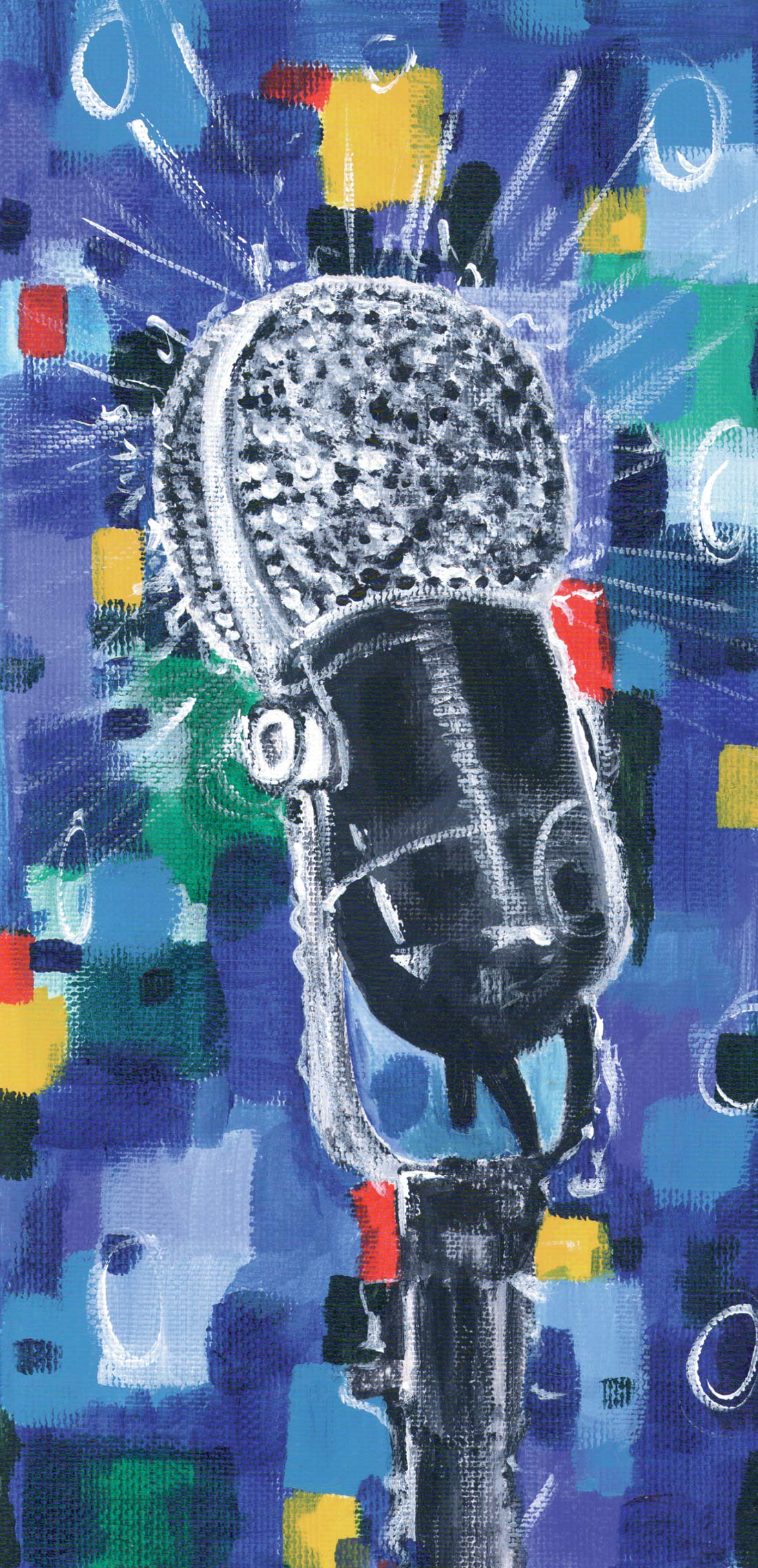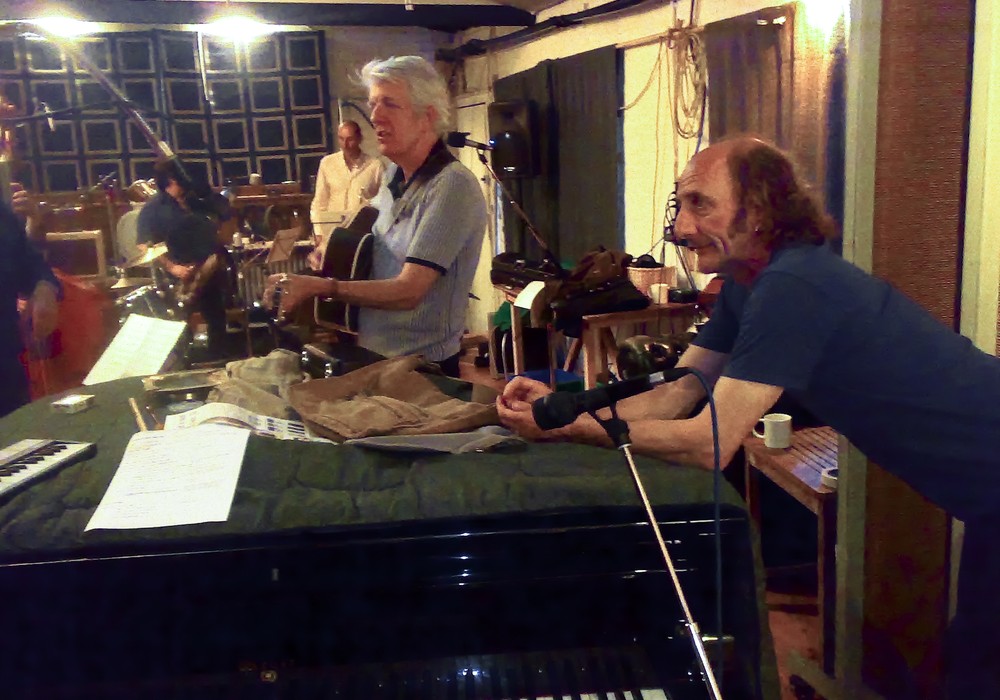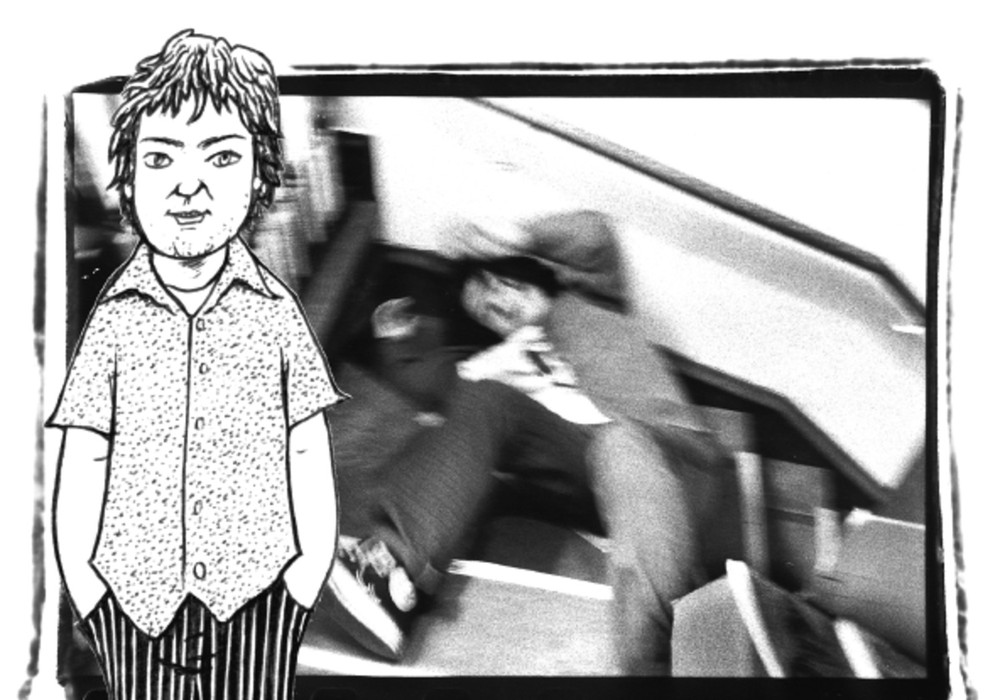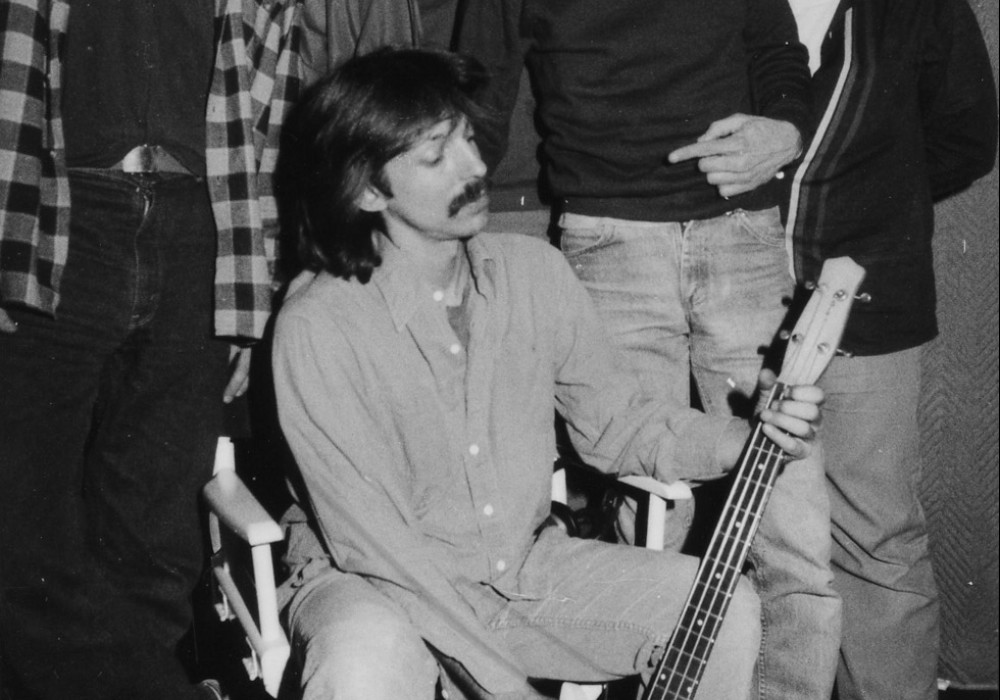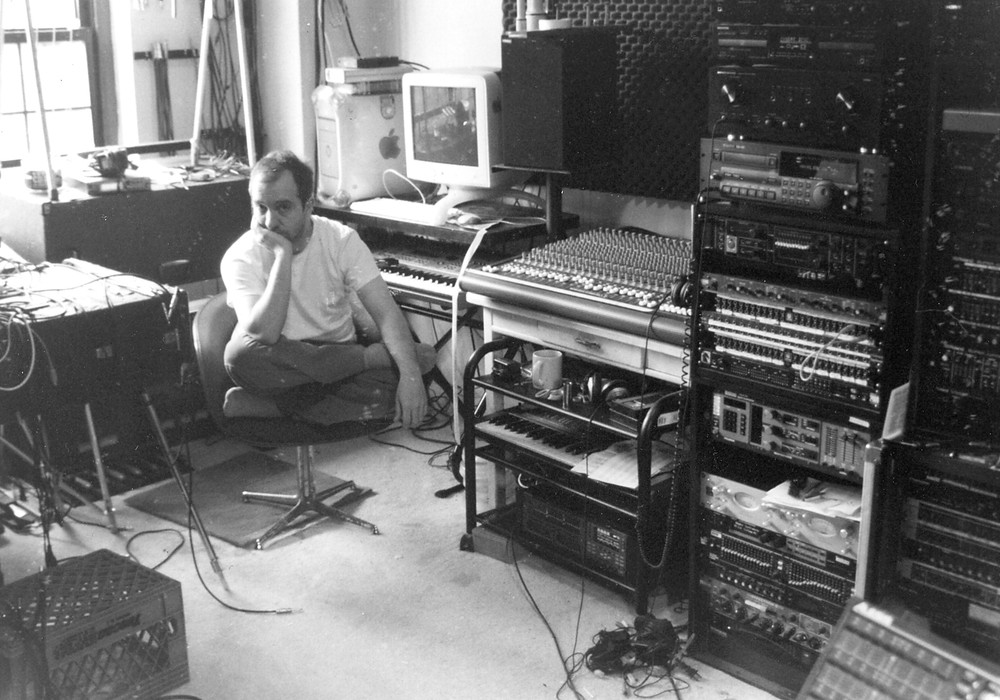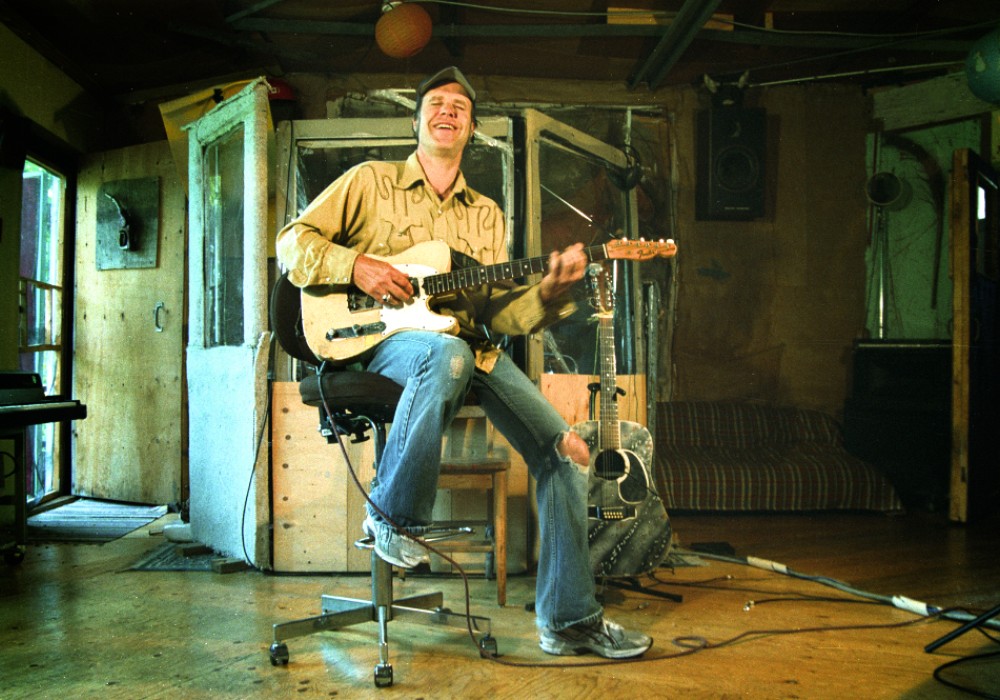Colin sent us these wacky and cool recording ideas. Try them out and have fun!
Two Mic Phasing
Requires two mics. Put amp in middle of room, or a couple feet out from the wall. Use mic 1 to mic the speaker directly. Hang a relatively directional mic 2 from a stand or the ceiling over an amp that's out in the room. While playing, swing the mic over the amp, either front to back, side to side, or (my favorite) in a circle above the amp. The phasing effect is often at a lower frequency than you can get from an effects box, and it doesn't have the characteristic grainy electronic sound of a processor.
Furnace Reverb
I've never been satisfied with electronic reverbs, particularly the ones I can afford for my own work. Using a PZM or omni mic in a stairwell works nicely, but recently I found that mic'ing a furnace register upstairs with performers downstairs gave a great 'canned' reverb sound that was really entertaining. Another recording involved a punk band in the basement, with a distant ambient PZM taped to the body of the furnace. I don't recommend this latter method for anything other than a very overt effect.
PZM Help
Most PZMs or "boundary mics" are mounted in a steel plate. This plate has its own resonance, which somewhat compromises the mic's sound. However, gluing or otherwise fastening the mic to a larger area of Plexiglass or wood extends the mic's low-frequency response. I use a 4' square of 1/4" plywood with two holes for hanging from ceilings, and hung in front of or behind a drum set I've gotten a very nice overall sound, with no need for close mics except perhaps a kick mic when the PZM is behind the drummer's head. Using this "one-mic" technique also cuts down on phase problems, and I think that cymbals sound much better with this method compared to using a pair of overheads plus close mics.
Reverb Reamp
More than once, while working at a large studio, I've foolishly thought that I'd close-mic guitar amps and get the ambient sounds with the fancy room reverbs at my disposal. I've always been disappointed with the result. The last time I made this mistake I accidentally ended up with a terrific sound. I took the guitar channels off tape and ran them through a small Fender combo with spring reverb on a chair in the big room, mic'ed with the UMT70 and a Neumann KM184 in a spaced pair about 8 feet away (I'm not suggesting that this is the only combination one should use). Some experimentation with the spring reverb and gain of the amp yielded a great room sound when combined with the original signal. I've tried this a couple more times, with a SM57 close on the speaker, then run back through a cheap practice amp with an omni mic out in a room, and I've gotten great results.
Pipes and Salad Bowls
Recently I've become very fond of carrying around a length of 6" ABS pipe and a big metal salad bowl. Cramming a cheap mic in the pipe is great for hollow, nasal distorted guitar sounds, and facing the pipe at a kick drum batter head gets a tone that's useful for an occasional effect. The salad bowl is good for vocals. Put it immediately behind the close vocal mic, or ask the singer to sing into the back of the mic with the mic stuck an inch or two into the bowl.
Torn Speakers
I used to keep a guitar cabinet with a torn 12" speaker around when I needed an especially trashy sound — the tone of a torn speaker isn't easily emulated with electronics, nor is it desirable to try when you've got the real thing.
Dime Beater
Many drummers, myself included, have arrived for recording with old, mushy heads and a soft bass drum beater. With dead heads you could have hoped for attack, but with a soft beater you're out of luck. Rather than using a plastic or wood beater (which changes the play of the pedal and often leads to lots of unintended ghost hits), use a strip of duct tape to fix a dime to the face of the beater. This gets more attack without changing the balance of the pedal, and it can salvage a bass drum sound without throwing the drummer for a loop.
Clean Cymbals
A length of 3/8" OD (outer-diameter) surgical tubing is a great investment when a drummer shows up with nothing to isolate the metal of her/his cymbals from the metal of the cymbal stands. Cut a short piece of tubing and slip it over the cymbal stand tip. The change in tone is really dramatic when you don't have a rattling sound coming from all the cymbals, and that sound is definitely not something you can fix-in-the-mix.
